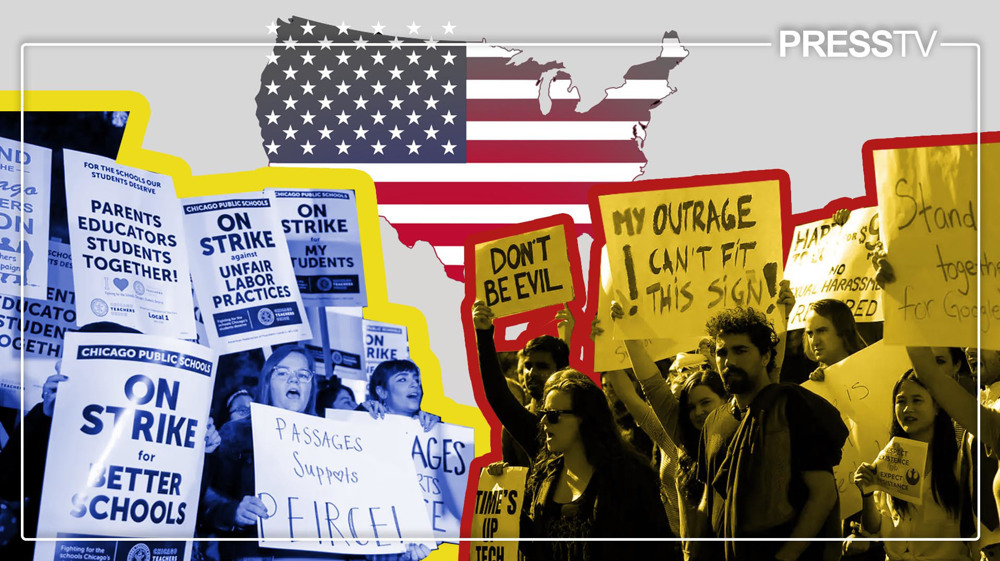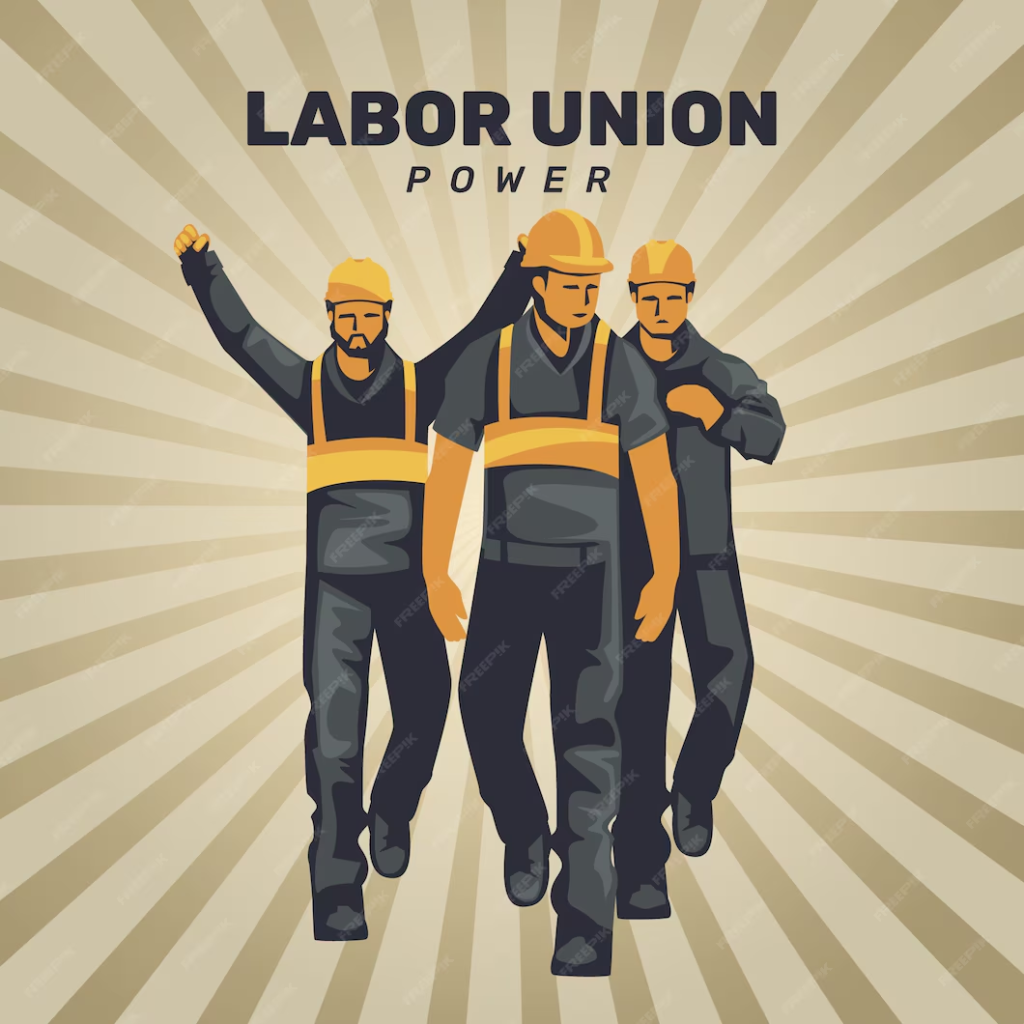2025 labor union trends are reshaping how people organize, negotiate, and speak up for better working conditions. Across industries and countries, workers are joining forces to demand fair pay, better treatment, and more say in their work lives. Whether in traditional jobs, tech startups, or gig platforms, labor movements are gaining ground. Let’s explore what’s driving this rise, who’s organizing, and how employers and governments are responding.
What’s Driving Labor Union Growth in 2025?
Several major forces are pushing more workers to consider unionizing this year.
Economic Pressures
Inflation, rising rent, and job insecurity are making it harder for many workers to make ends meet. Even as profits grow in some industries, wages have not kept pace. Workers are pushing back, demanding better compensation and job stability.
Post-Pandemic Workplace Shifts
The COVID-19 pandemic changed how people work. Many jobs became remote or hybrid. Others became more demanding due to staffing shortages. In both cases, workers are asking for better support, clearer policies, and protection from burnout.
Focus on Fairness and Justice
People today care deeply about fairness, diversity, and inclusion. Unions give workers a way to fight discrimination and demand more respectful treatment. This shift in mindset has fueled union drives, especially among younger generations.
High-Profile Wins
Recent union wins have inspired other workers to try the same. For example, organizing efforts at major companies like Amazon, Starbucks, and Apple made headlines, showing that even large employers can be challenged.
Legal and Political Support
In some countries, labor laws are changing to make it easier to unionize. Governments are updating policies to reflect the realities of modern work, including protections for gig workers and remote employees.

Where Are Unions Gaining the Most Ground?
United States
Union interest is growing in retail, education, hospitality, and even tech. Workers in white-collar jobs are now organizing alongside traditional labor sectors.
United Kingdom and Europe
Public workers in health care, education, and transport are pushing for higher pay and better work conditions. Coordinated strikes have taken place in several countries.
Asia and the Pacific
In South Korea, India, and Australia, factory and gig workers are organizing for better wages and safety standards.
Latin America
Unions in Brazil, Argentina, and Chile continue to play a major political role. Labor action here often ties closely to national elections and inflation issues.
2025 Labor Union Trends Among Tech and Gig Workers
One of the biggest changes in 2025 is the growth of labor organizing in sectors once seen as hard to unionize—like tech, freelance, and gig work.
Tech Workers
In companies big and small, tech workers are organizing around job security, ethics, and work-life balance. Contractors and freelancers are also joining together to fight for fair pay and timely payments.
Gig Workers
Drivers, couriers, and delivery workers on platforms like Uber, Lyft, and DoorDash are demanding minimum wages, safety protections, and legal recognition as employees. While these workers often lack traditional workplaces, they are using online tools to organize effectively.
Creators and Freelancers
Independent writers, artists, and online creators are forming collectives to negotiate better rates and protect their intellectual property.
These groups may not form traditional unions, but they share similar goals—greater control over their work and fair treatment.
Remote and Hybrid Work: A New Challenge for Organizing
The shift to remote work has made unionizing more complex but not impossible. Workers spread across locations and time zones are still finding ways to come together.
Organizing Across Distance
Online meetings, messaging apps, and digital petitions help workers coordinate and build solidarity—even if they’ve never met in person.
Legal Questions
Some countries are still updating their laws to define how labor rights apply to remote and gig workers. The status of these workers often determines their right to form or join unions.
Hybrid Work Conflicts
Employees working in hybrid setups want clear rules about expectations, communication, and support. Many are using collective bargaining to shape fair hybrid policies.
New Union Strategies in 2025
Modern labor movements are blending old-school tactics with new technology.
Online Organizing
Social media platforms and private group chats make it easier for workers to share information and build support without relying on face-to-face meetings.
Public Pressure Campaigns
Instead of just negotiating behind closed doors, unions are using the media to share their stories and win public support. This helps create pressure on companies to respond.
Partnerships and Coalitions
Unions are teaming up with local community groups, students, and advocacy organizations to broaden their impact. These coalitions make labor movements stronger and more visible.
How Employers and Governments Are Responding
Employer Reactions
Some companies are fighting back against union drives with anti-union campaigns. This includes meetings, emails, and other efforts to convince employees not to organize. However, this approach often backfires, especially when it becomes public.
Other companies are choosing a more neutral or even cooperative stance. They may agree not to interfere with organizing or open dialogue with unions to prevent conflict.
Government Action
In many countries, governments are updating labor laws to reflect modern workplaces. This includes:
- Making union elections faster and more accessible
- Expanding protections for freelancers and gig workers
- Penalizing companies that violate workers’ rights

What to Expect for the Rest of 2025
For Workers
Workers in all industries—especially tech, retail, education, and gig work—will likely continue to organize. Digital tools will play a bigger role, and issues like mental health, work-life balance, and ethical treatment will stay central.
For Employers
Companies that engage openly with workers will be better positioned to avoid conflict. Updating internal policies, listening to concerns, and allowing space for worker voice can reduce the need for external pressure.
For Society
The public’s view of unions is shifting. More people see them as necessary for fair workplaces, especially in low-wage and high-pressure industries. Support for unions is growing among younger generations, setting the stage for long-term change.
Conclusion
2025 labor union trends show that the world of work is changing fast—and workers are not staying silent. From tech developers and teachers to delivery drivers and remote employees, people are organizing to demand a better deal. They want fair pay, a safe workplace, and a say in how their jobs are run.
Unions are evolving to meet these new demands, using digital tools and new strategies to reach workers everywhere. As this movement grows, both employers and lawmakers will need to adapt. The future of work will depend on how well all sides can listen, collaborate, and build a fairer system for everyone.
Do Follow USA Glory On Instagram
Read Next – U.S. Foreign Policy in a Multipolar World Explained






